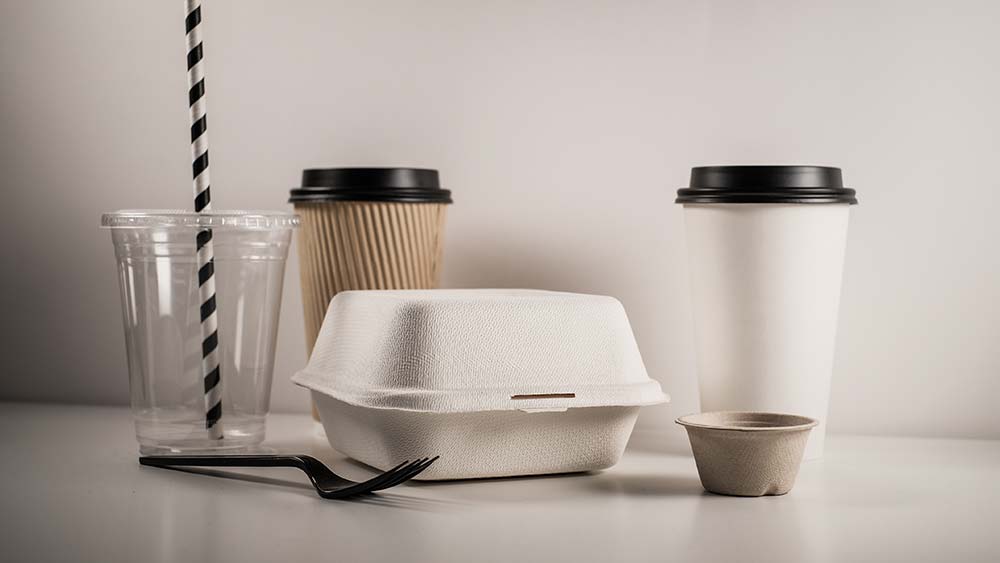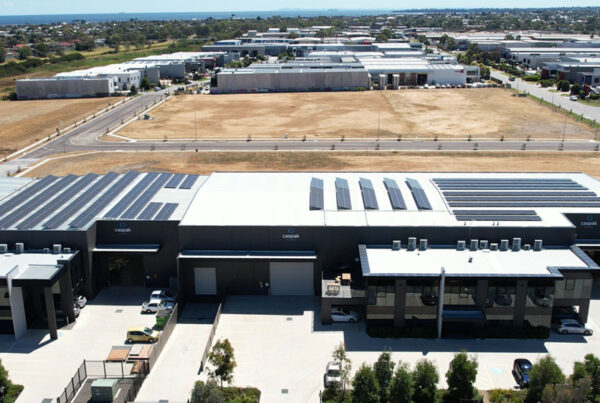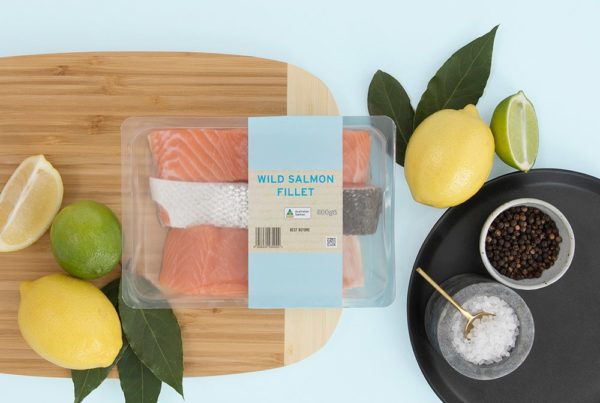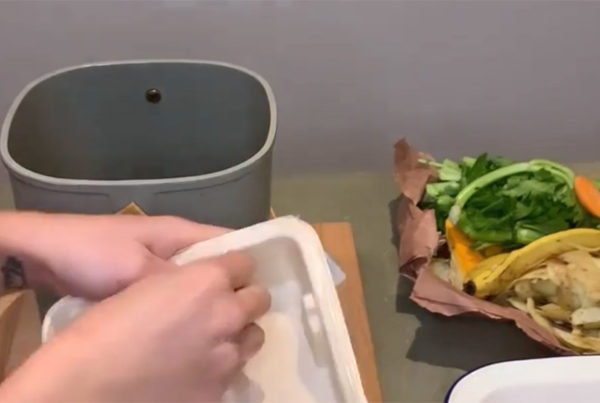
Biodegradable and compostable are the holy grail we have been looking for! Or are they? It sounds good right, after you have enjoyed your food you can easily throw the packaging away and it’s gone, how magical. But these terms might not be the magic pill we’re looking for when it comes to reducing waste.
Let’s start with biodegradable, usually thrown in with terms such as oxygen break down or oxidation break down (OXO) or UV degradation, what does that mean for your packaging. Biodegradable is an umbrella term which typically means that the product will break apart under specific conditions in the environment.
There are currently no limitations on materials that can be used to produce packaging that is called biodegradable. There are also no guidelines around the environment that is needed for biodegradable packaging to break down.
So, there are two main issues within this lack of limitations or guidelines:
- Plastics and other materials which can be harmful to the environment can be used, once broken down these materials cannot be collected and therefore live in the environment for who knows how long creating a worse problem for example microplastics.
- Every one lives in a different environment and packaging doesn’t always end up in the same area (if that was the case, we wouldn’t have a problem) so the biodegradable plastic that only breaks down due to light is useless at the bottom of the ocean.
If we look at compostable it is a term that means; the breakdown of material in the presence of a suitable environment usually aided by bacteria or microorganisms for the purpose of producing compost. If implemented properly it is great for some very difficult packaging formats, but what needs to be protected is the end product, the compost. That’s where the Australian standards for industrial (AS 4736–2006) and home (AS 5810-2010) composting kick in. Both these standards protect earthworm and plant ecotoxicity, which is great for the end product compost.
The key element for compostable products is to look for the correct standards, because using products which haven’t been tested correctly or use a different standard can cause major contamination problems for compost producers.
Whether we are looking at biodegradable or compostable packaging we need to be conscious of how the product breaks down, what is left and how this impacts the environment it is left in.








